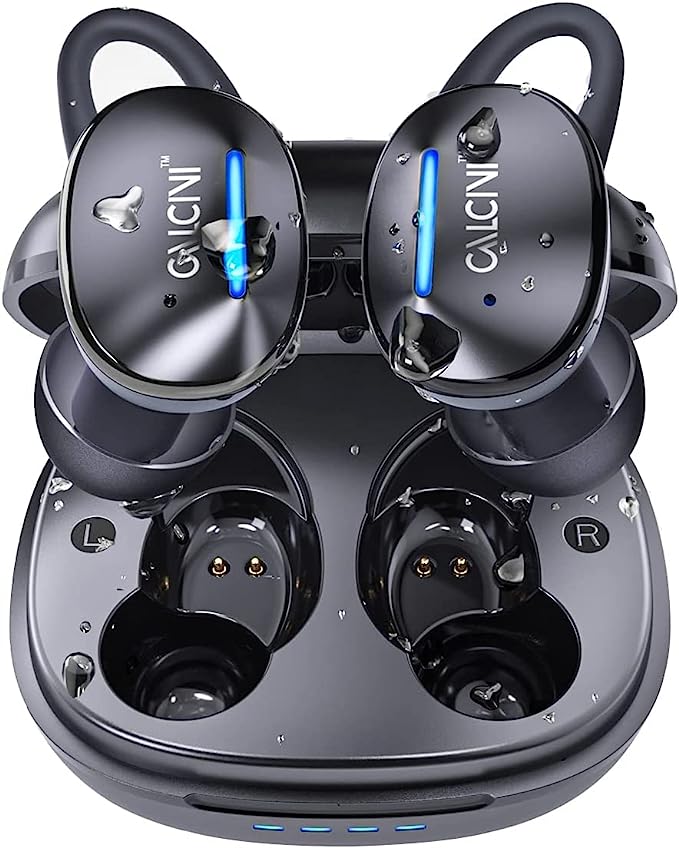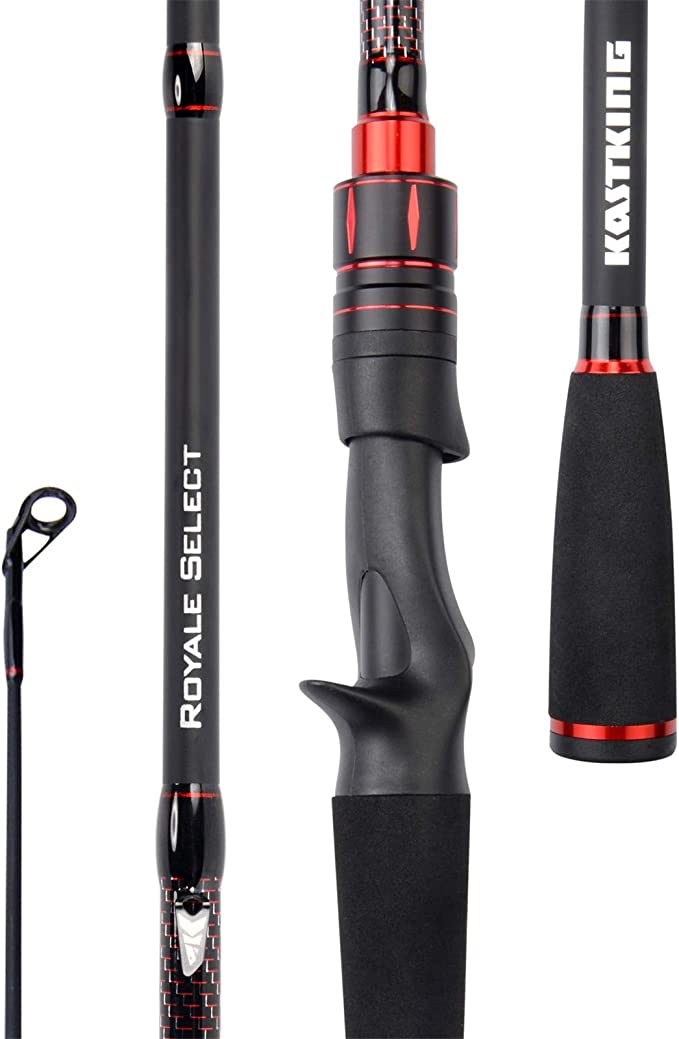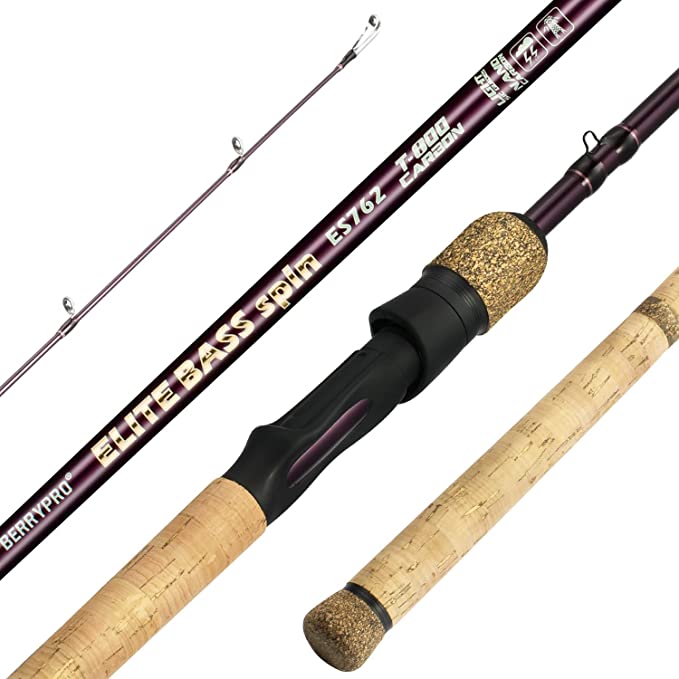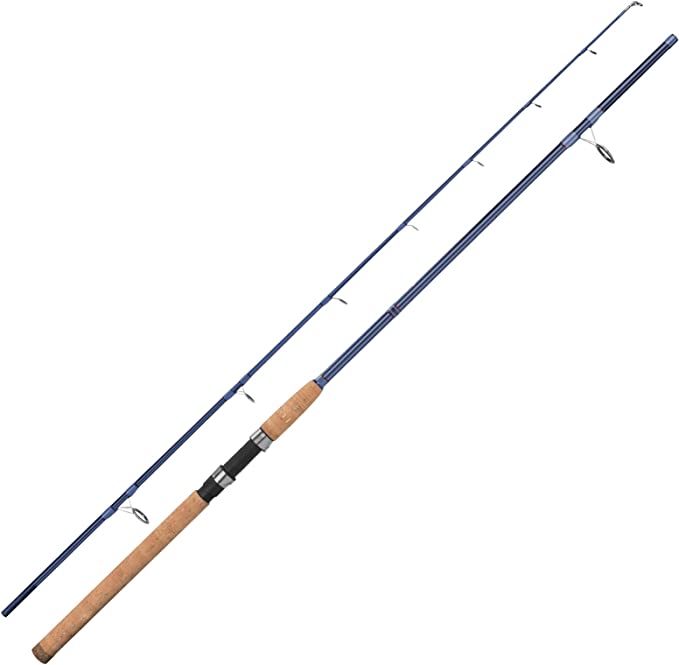Breaking the Walled Garden: The Engineering Behind Universal Solar Interoperability
Update on Nov. 19, 2025, 2:59 p.m.
In the rapidly expanding universe of portable energy, consumers often face a frustrating reality: the “walled garden.” Major manufacturers of portable power stations frequently design their ecosystems to be proprietary, encouraging users to purchase first-party accessories at a premium. While brand loyalty has its merits, energy resilience demands flexibility. The ability to harvest solar energy should not be dictated by the logo on your battery bank.
This brings us to the critical role of third-party, universal photovoltaic (PV) solutions. By examining devices like the TWELSEAVAN 100W Portable Solar Panel, we can decode the engineering required to build a truly agnostic energy system—one that prioritizes efficiency, durability, and, most importantly, interoperability across a fragmented market.

The Architecture of Interoperability: MC4 and the Adapter Ecosystem
The primary barrier to a universal solar setup is the connection interface. Different power stations require specific input voltages and physical plug types—DC8mm for Jackery, XT60 for EcoFlow, Anderson for others. A rigid solar panel with a fixed cable limits your options significantly.
The engineering solution lies in adopting the industry standard: MC4 (Multi-Contact, 4mm) connectors. Originally designed for harsh rooftop installations, MC4 connectors offer a weather-sealed, locking mechanism that ensures low contact resistance and high current capacity. The TWELSEAVAN 100W utilizes MC4 as its primary output, effectively decoupling the generation source from the storage medium.
By terminating in MC4 and providing a 5-in-1 conversion architecture (including DC8020, DC7909, XT60, and Anderson adapters), the system transforms from a simple charger into a universal energy harvester. This modularity allows users to mix and match gear—powering a Bluetti station today and a Jackery tomorrow—without rendering the solar array obsolete. It represents a shift towards energy independence, where the generation infrastructure is asset-agnostic.

Material Science: The ETFE Advantage
Not all solar panels are created equal, even if they share the same wattage rating. The longevity and sustained performance of a portable panel are heavily dictated by its lamination material. The market is largely split between PET (Polyethylene Terephthalate) and ETFE (Ethylene Tetrafluoroethylene).
- PET: Commonly found on budget panels, PET is essentially the same plastic used in water bottles. While cheap, it is prone to thermal degradation and UV yellowing over time. As the laminate yellows, light transmission drops, and so does power output—a phenomenon known as “clouding.”
- ETFE: This fluoropolymer, used in the TWELSEAVAN panel, is engineered for high-stress environments. It boasts a light transmission rate exceeding 95%, ensuring maximum photon flux reaches the monocrystalline silicon cells. More critically, ETFE has a honeycomb structure that enhances structural integrity and promotes self-cleaning. Dust and pollen, which can significantly impede efficiency, slide off more easily from the non-stick ETFE surface compared to the microscopic texture of PET. In the long term, this chemical stability translates to a consistent energy yield over years, not just months.

The Physics of Efficiency: Decoding the “24%” Claim
Manufacturers often highlight conversion efficiency—in this case, 24%. But what does this mean for the end-user? It refers to the percentage of solar irradiance (sunlight energy) falling on the panel that is converted into electrical energy. A 24% rating places these A+ grade monocrystalline cells at the upper echelon of commercially available portable PV technology.
However, users must distinguish between Laboratory Standard Test Conditions (STC) and Real-World Operating Conditions. * Angle of Incidence: Solar panels produce peak power when sunlight strikes them perpendicularly (90 degrees). The integrated kickstands on the TWELSEAVAN are not just for convenience; they are tools for geometric optimization, allowing the user to manually track the sun’s azimuth and elevation to minimize reflection losses. * Thermal Derating: Silicon solar cells have a negative temperature coefficient, meaning their efficiency drops as they get hotter. A panel baking in 100°F ambient heat will produce less power than the same panel in cool, bright conditions. The high-transmission ETFE coating helps by allowing heat to dissipate more effectively than thicker, insulating plastics, but “thermal droop” is a law of physics, not a product defect. * The 100W Reality: Expecting a full 100W output is often unrealistic due to atmospheric scattering and thermal losses. Achieving 70-85 Watts in real-world clear sky conditions is a benchmark of a high-quality system.

Direct-to-Device: The Intelligent Buffer
While charging a large power station is the primary use case, the modern adventurer often needs to charge sensitive electronics directly. The TWELSEAVAN integrates a controller box with USB-C PD (60W) and QC3.0 ports.
This is more than just a convenience; it acts as a voltage regulator. Raw solar output fluctuates wildly with passing clouds (the “cloud edge effect”). Plugging a smartphone directly into a raw solar feed can trigger the phone’s safety mechanisms, causing it to stop charging. The built-in Smart IC chip acts as a buffer, smoothing out these voltage spikes and negotiating the correct charging protocol (PD or QC) with the device. This allows for the safe, direct charging of laptops and drones in the field, reducing the need to carry intermediate battery bricks for short trips.
Conclusion: Building a Resilient Energy Web
In the equation of off-grid survival or recreation, redundancy and compatibility are variables you can control. Investing in a solar solution that is strictly tied to one ecosystem introduces a point of failure.
By leveraging standardized interconnects (MC4) and superior materials (ETFE), tools like the TWELSEAVAN 100W Solar Panel offer a layer of resilience that proprietary accessories cannot match. It empowers the user to build a customized, adaptable energy web, harvesting the sun’s potential regardless of whose logo is on the battery box.





















